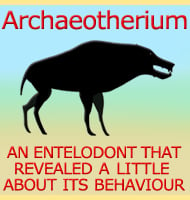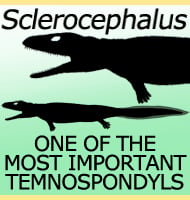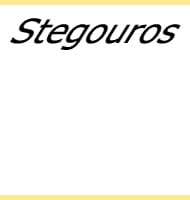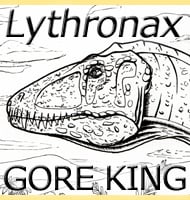In Depth
Unfortunately very little fossil material for this pterosaur exists, but the post cranial remains of Hatzegopteryx do bare striking similarities to Quetzalcoatlus, even to point that some consider Hatzegopteryx to be a possible synonym of Quetzalcoatlus. There still is one subtle area of known difference, and this is the way that the jaws articulate on Hatzegopteryx. Greater study of both species is required for this matter to be cleared up completely.
The remains of Hatzegopteryx were recovered from an area that in the Cretaceous was known as Hatzeg Island, one that was separated from mainland Europe. When an island, many species of animal including dinosaurs grew smaller in what is termed insular dwarfism. Assuming that Hatzegopteryx was not just passing through when it died, it would seem unusual that such a large creature would be living in a location where others were getting smaller, although as a flyer, Hatzegopteryx would have had the option of seeking out new feeding areas from this location. Also as an azhdarchid, it may have fed like a stork as has been proposed for other members of this group, eating small animals and fish which would still be abundant on a small land mass. When first described, Hatzegopteryx was considered to have had a wingspan of potentially as much as twelve meters across, however later studies have since seen this estimate reduced to about ten to eleven meters across.
Further Reading
– A new giant pterosaur with a robust skull from the latest Cretaceous of Romania. – Naturwissenschaften, 89(4): 180-184. – Eric Buffetaut, Dan Grigorescu & Zoltan Ciski – 2002. – Giant azhdarchid pterosaurs from the terminal Cretaceous of Transylvania (western Romania). – Geological Society, London, Special Publications 217: 91-104. – Eric Buffetaut, Dan Grigorescu & Zoltan Ciski – 2003. – Late Cretaceous pterosaurian diversity in the Transylvanian and Hateg basins (Romania): new results. – The 8th Romanian Symposium on Palaeontology, Bucharest. Abstract vol: 131–132. – M. Vremir, G. Dyke & Z. Csiki – 2011. – On the Size and Flight Diversity of Giant Pterosaurs, the Use of Birds as Pterosaur Analogues and Comments on Pterosaur Flightlessness. – PLoS ONE, 5(11). – M. P. Witton & M. B. Habib – 2010. – A New Azhdarchid Pterosaur from the Late Cretaceous of the Transylvanian Basin, Romania: Implications for Azhdarchid Diversity and Distribution. – PLoS ONE 8(1): e54268. doi:10.1371. – M. Vermir, A. W. A. Kellner, D. Naish, G. J. Dyke – 2013.- Neck biomechanics indicate that giant Transylvanian azhdarchid pterosaurs were short-necked arch predators. – PeerJ. 5. – D. Naish & M. P. Witton – 2017.- Partial mandible of a giant pterosaur from the uppermost Cretaceous (Maastrichtian) of the Haţeg Basin, Romania. – Lethaia. – M�ty�s Vremir, Gareth Dyke, Zolt�n Csiki� Sava, Dan Grigorescu & Eric Buffetaut – 2018.










